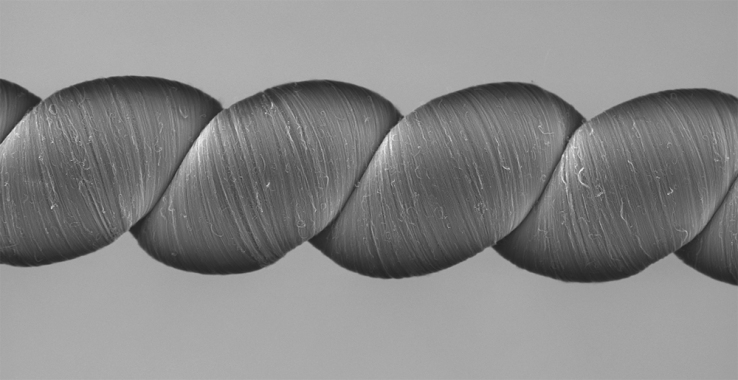We see a great deal about wearable energy-generating fabrics, garments that will help keep the wearer warm, or cool, or visible because of built-in piezo-electric generators in the makeup of the fabric. Several researchers are taking this to the next level, creating new warps and woofs of materials that will create energy from a greater range of energy inputs. Elias Siores and the University of Bolton In 2011, Professor Elias Siores and associates at the University of Bolton in the UK created a flexible fiber that could harvest energy from movement and light. Siores said it was flexible enough to be woven into “a sail, window curtain or tent and generate power”. The material was recognized as a major innovation at the 2011 Energy Innovation Awards in Manchester. In a 2013 paper, the team, led by described devising a “smart fabric.” “A smart material is one that shows extraordinary response when subjected to a stimulus. Piezoelectric materials are considered as …
Water, Pull Tabs and Vinegar as a Fuel Source?
A professor and student at the Technical Superior School of Industrial Engineering and Aeronautics of Terrassa (ETSEIAT), part of the Politechnical University of Catalonia (UPC), have unveiled a radio-controlled car that runs on aluminum soda pop can rings, water and vinegar. Professor Xavier Salueña and his student, Aleix Llovet, held an April 14 press conference concerning dAlH2Orean, part of the project called “Aluminium,” for the manufacturing of micro cars with 5-60 horsepower using recycled aluminum as their primary fuel. The miniature vehicle’s propulsion system has been patented. The car can run on aluminum soda (or beer) can rings, “or residual parts of aluminum with hydroxide of sodium (which acts as a catalyst) dissolved in water,” according to its developers. “The whole operation is based on the self-generation of hydrogen created by the reaction between aluminum and sodium hydroxide. This self-generated hydrogen feeds the fuel cell that produces the energy,” according to the team’s press release. “The residue of aluminum and …

